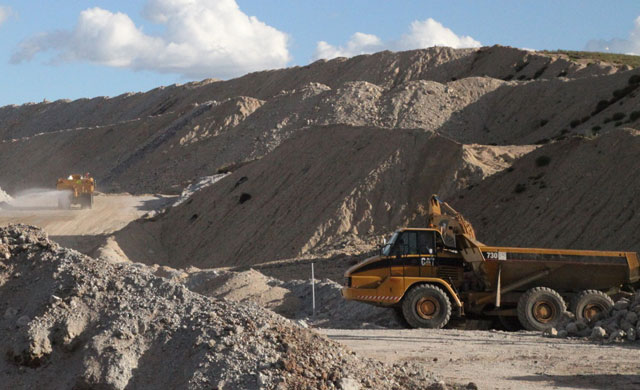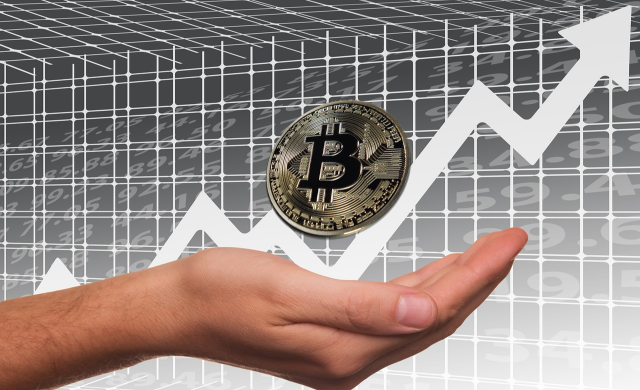Cryptocurrency has totally revamped the outlook towards finance in terms of a decentralized and safe transfer of assets for transaction purposes. However, there is something that really creates a lot of confusion and irritation for users: gas fees. This is an essential element of blockchain ecosystems but also one big stumbling block to many. This article will further demystify gas fees and look at strategies to cut down transaction expenses effectively.

Understanding Gas in Simple Terms
In simple terms, gas fees are transactional fees that one has to pay to be able to perform activities on the blockchain network. To be simple, gas is a kind of fuel that keeps the computational engine of the network up and running. In such platforms, like Ethereum, the gas fees are paid in the native cryptocurrency, which is ETH in this case.
In short, any action or transaction on blockchain will require some amount of computational resources, whether it is a token transfer or the execution of a smart contract. Users pay in gas fees to incentivize the miners or validators to process the transaction. The more complex an operation is, the more gas it requires.
Understanding Gas in Simple Terms
Gas fees are not fixed. They tend to change based on various factors:
- Network Demand: High demands during peak time raise the competition among the users, by fees. Take an example in an event that popularly minted NFTs, then its gas fees shoot sky high.
- Transaction Complexity: Less Gas is required when transferring simple tokens as compared to performing smart contracts or interacting with dApps.
- Base Fee Changes: Ethereum brought in EIP-1559 which had a base fee with network congestions. Users can attach a “tip” to the transaction to make it faster with their preference.
- Blockchain Scalability: Blockchains vary and everyone has their throughput, so this changes the average gas fee.
Now knowing all these elements, users are able to time transactions and pick which fee level would fit best.
Comparing Gas Across Different Blockchains
Gas is very different from one blockchain to another:
- Ethereum: Ethereum’s gas costs have been known to be high, especially during peak times, and thus have been a sticking point for many users.
- Binance Smart Chain: It has lower fees compared to Ethereum, making it popular among cost-conscious users
- Polygon (Matic): Built as a layer-2 solution, Polygon offers very low fees, suitable for frequent transactions.
- Solana: Fast, low-cost blockchain that attracts both developers and users
- alanche: It strikes a balance between speed and cost. Fees vary based on the use of the network.
Blockchains comparison will help the user decide which platform they would want to choose as per their budget and choices.
Tips for Reducing Transaction Expenses
There is no rocket science in lowering gas. Here are some simple ways:
- Time Your Transactions: Gas fees settle usually during off-peak hours. Tools such as gas trackers can help a person identify the best times.
- Optimize Gas Settings: Most wallets allow users to edit gas settings. Choosing a slower processing speed will lower the cost.
- Use Layer-2 Solutions: Websites like Polygon and Arbitrum help take the weight off the main Ethereum network and, thus, cut down on costs.
- Aggregated Transactions: it is, therefore, possible to combine many operations into a single one while saving on ga
- Alternative Blockchains: if fees for Ethereum happen to be way too high, alternative blockchains could include BSC, and Solana, among many others.
As such, having set up these alternatives, users may significantly reduce the money charged for interactions on the blockchain, for example Bitcoin gas network fee.
Monitoring Network Congestion in Real Time
Real-time monitoring tools are really priceless for that feel of network conditions while eschewing high gas fees. Here are some of the most popular ones:
- Etherscan: It reports live updates related to Ethereum gas prices and network congestion.
- Glasgow: This displays the current and future gas prices
- Blocknative: This is supposed to track gas fees and even provide alerts for when the optimal timing of transactions is available.
- Wallet-based trackers: Most cryptocurrency wallets have inbuilt gas monitoring features for convenience.
Keeping abreast of network congestion helps users make better decisions on their transactions.
Impact of Gas on Token Swaps
Token swaps, especially on DEXs, are extremely gas-intensive and expensive. In fact, during peak hours, the cost of swapping tokens on Uniswap can even be higher than the actual transaction. This is one reason why some users, especially those with smaller trades, are put off.
To minimize gas costs during token swaps:
- Use Layer-2 DEXs: For example, QuickSwap on Polygon has lower fees.
- Batch Transactions: Group multiple swaps together in one transaction.
- Slippage Settings: Switch slippage so that transactions do not fail but still pay for gas on those that do.
Well, the cost of token swaps does illustrate pretty clearly just how important it is to be gas-efficient.
Popular Wallets with Built-in Fee Estimators
Crypto wallets have really made life easy in the process of gas. Most of them now have integrated estimators that help one pick the best. Some of the popular wallets include:
- MetaMask: Customizable gas settings, tracking of fees, and other tools.
- Trust Wallet: Fee estimates for several blockchains are available in a very simple, easy-to-read format.
- Argent: It is built to be user-friendly; it tracks fees and automatically calculates them.
- Coinbase Wallet: It has estimated fees. It also gives cheaper options when possible.
These wallets allow users to make better decisions without technicalities.
What’s Next? Will Gas Fees Ever Go Away?
The future of gas fees is much debated. Although it is never going to be true that there will be no gas fees, several trends show that they might become less cumbersome in the future:
- Ethereum Upgrade: Ethereum 2.0 will migrate to a proof-of-stake system and, with it, greater scalability and lower fees. Layer-2 solutions are going to keep reducing costs to users.
- Blockchain Competition: Other newer blockchains focus on low fees, and the existing platforms will have to follow suit to be able to compete.
- Fee Subsidies: Some projects are trying to find ways of subsidizing or eliminating fees for end-users altogether.
In a few years, all these changes might make blockchain technology more approachable and affordable.
Conclusion
Gas fees will always be the lifeblood of any blockchain, and they should not be too much to pay. First, with the charging of gas fees on some blockchains, a user or sender can use that to guess the network conditions from how friendly to the wallet a particular blockchain will be in performing the transactions, and as such, with the full development of this technology, one hopes it will even go cheaper and therefore more accessible to cryptocurrency services.

 Hot Features
Hot Features













